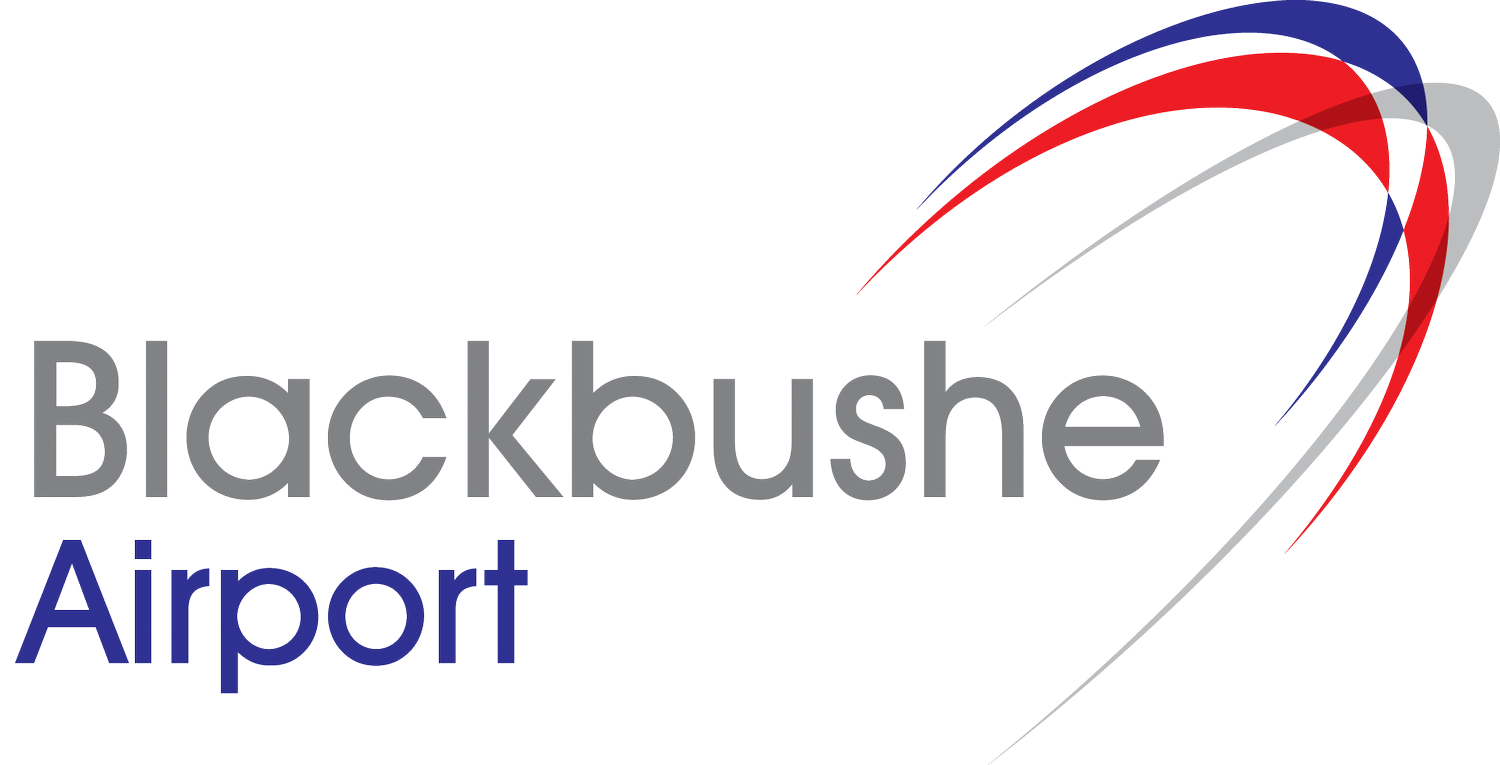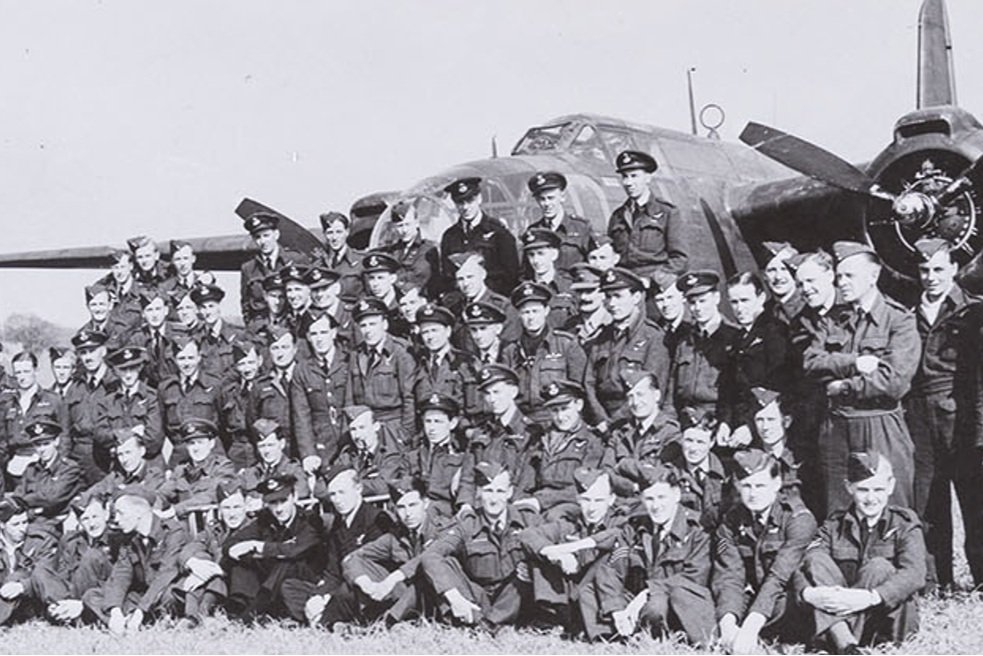
HISTORY
BEFORE BLACKBUSHE
The area the airport sits on was more commonly known as Hartford Bridge Flats. It was part of almost unbroken heathland stretching between Bagshot and Hartley Wintney.
What is now the A30 was the main London-Exeter coaching route, there are many legends of highway men operating along this road.
The area remained very rural until the development of Blackwater and Camberley in the mid 1800’s. In 1891 the airport land was purchased by the Calthorpe Family but remained undeveloped heathland, even up to the building of the airport.
BUILDING BLACKBUSHE
In 1938 the War Department purchased nearby Minley Manor and established a tank training base.
In 1941 Hartford Bridge Flats was surveyed as a new air base and the site requisitioned in October.
This included over 650 acres from the Calthorpe Estate, Yateley Parish, and other owners.
The massive base would take over a year to complete and eventually the domestic accommodation would cover much of what would become the residential estates you see in Yateley today.
RAF HARTFORD BRIDGE
The first aircraft to land was a Miles Magister from RAE Farnborough on 9 September 1942.
The RAE from Farnborough were to be the first occupants of the incomplete base. They tested the new large troop-carrying gliders; the Horsa, Hamilcar and Hotspur.
Officially RAF Hartford Bridge opened on 1 November 1942.
RAF bomber and fighter squadrons moved in, making RAF Hartford Bridge one of the few bases to house five squadrons at the same time.
RAF SQUADRONS
A squadron generally has 12 operational aircraft and crews, plus several extra crews and aircraft to cover leave, maintenance, and losses.
PHOTO RECONNAISSANCE
171 SQN DEC 42 North American Mustang
140 SQN MAR 43 - APR 44 Lockheed Ventura; Supermarine Spitfire; (later) de Havilland Mosquito
16 SQN JUN 43 - APR 44 North American Mustang; Supermarine Spitfire PRIV / PRIX
These aircraft operated at high and very low-levels mapping northern France for both planning for D-Day and particularly in discovering V1 sites.
BOMBER SQUADRONS
88 SQN AUG 43 Douglas Boston III
21 SQN AUG 43 – SEP 43 Lockheed Ventura
107 SQN AUG 43 – FEB 44 Douglas Boston III
342 SQN SEP 42 Douglas Boston III (FREE FRENCH SQN)
226 SQN FEB 44 North American Mitchell II
These bombers attacked targets in northern France such as enemy airfields, railway yards, factories, power plants and the V1 & V3 ‘super gun’ sites.
FIDO
FOG INVESTIGATION & DISPERSAL OPERATION
In early 1944 a prototype fog dispersal system was installed. It pumped old aviation fuel along pipes each side of the runway which was then ignited. The heat generated dispersed the fog.
It was massively expensive to operate, consuming as much as 450,000 litres per hour so was only used on a small number of occasions.
The original pipes are still visible today both on the ground and from aerial imagery of the airport.
MILITARY COMMUNITY
By 1944 Blackbushe housed around 2,000 RAF personnel. Much of Southern part of modern day Yateley was covered in accommodation sites. These were normally pockets of 20-30 huts.
The area now covered by Blackbushe Business park contained the Officers’ and airmen’s mess, camp hospital, cinema, barbers and the NAAFI canteen.
D-DAY 6 JUNE 1944
In preparation for D-Day, two Fighter Command Squadrons arrived to protect the south coast ports and inland bases from enemy reconnaissance and attack.
Hartford Bridge had 5 squadrons, the most of any RAF base.
322 (Dutch) SQN APR 44 Supermarine Spitfire XIV
264 SQN APR 44 de Havilland Mosquito NFXII
On D-Day and on following days all the based squadrons were in action. 88 SQN laid smoke off the shore to try and mask the invasion fleet. 264 SQN Mosquito night fighters shot down several enemy aircraft over the beachhead.
The other bomber squadrons attacked enemy strongpoints and troop formations. By the end of October all the bomber squadrons had moved to France to be closer to the front line.
There’s a lot of history at Blackbushe - this page will be expanded soon!












